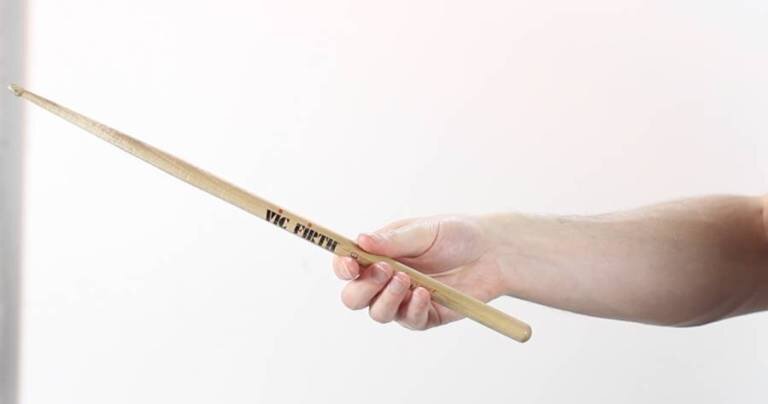In the first installment of “Putting Your Finger On It” I focused on individual fingers. The thumb merits its own article. You use your thumbs constantly when playing, regardless of grip, but are you aware of what your thumb is actually capable of?
Aside from providing a fulcrum, the thumb allows us to adjust the fulcrum by moving along the stick. It's also important for controlling rebound and helps with speed. And it can help us manipulate the texture of our strokes.
The “Normal” Grip
Mostly we think of the lead hand (or matched grip) fulcrum as between the thumb and forefinger. But even within this narrow definition there is significant wiggle room. Some players hold the stick with the thumb ahead of the forefinger; others place the thumb even with, or behind the forefinger. They all work. Even better is to allow your thumb to explore different relative positions. Every variation will give you a different type of control and a different sound.
And In Second Place
The so-called second finger fulcrum is just more of the same. The thumb is placed anywhere from just behind the first finger to opposite the second finger, for even more sound and feel options.
Follow The Money
My teacher used the expression "Feel the money." It was a reference to using the thumb the way you would to count out paper money. In effect, you use the thumb to help push the stick forward, causing it to arc around the first finger. If you're looking for pinpoint control and articulation on the cymbal, this is the way to do it.
Thumb’s Up
There’s a technique I sometimes use that I’ve never seen anyone else use. I cock my thumb so that I’m holding the stick with my forefinger and the tip of my thumb. It cranks up the stick articulation and has a full, dry sound. (Note to self: need to find a catchy name for this.)


